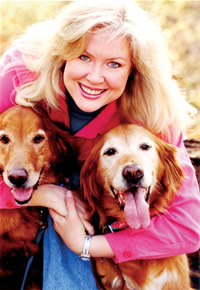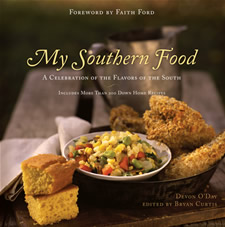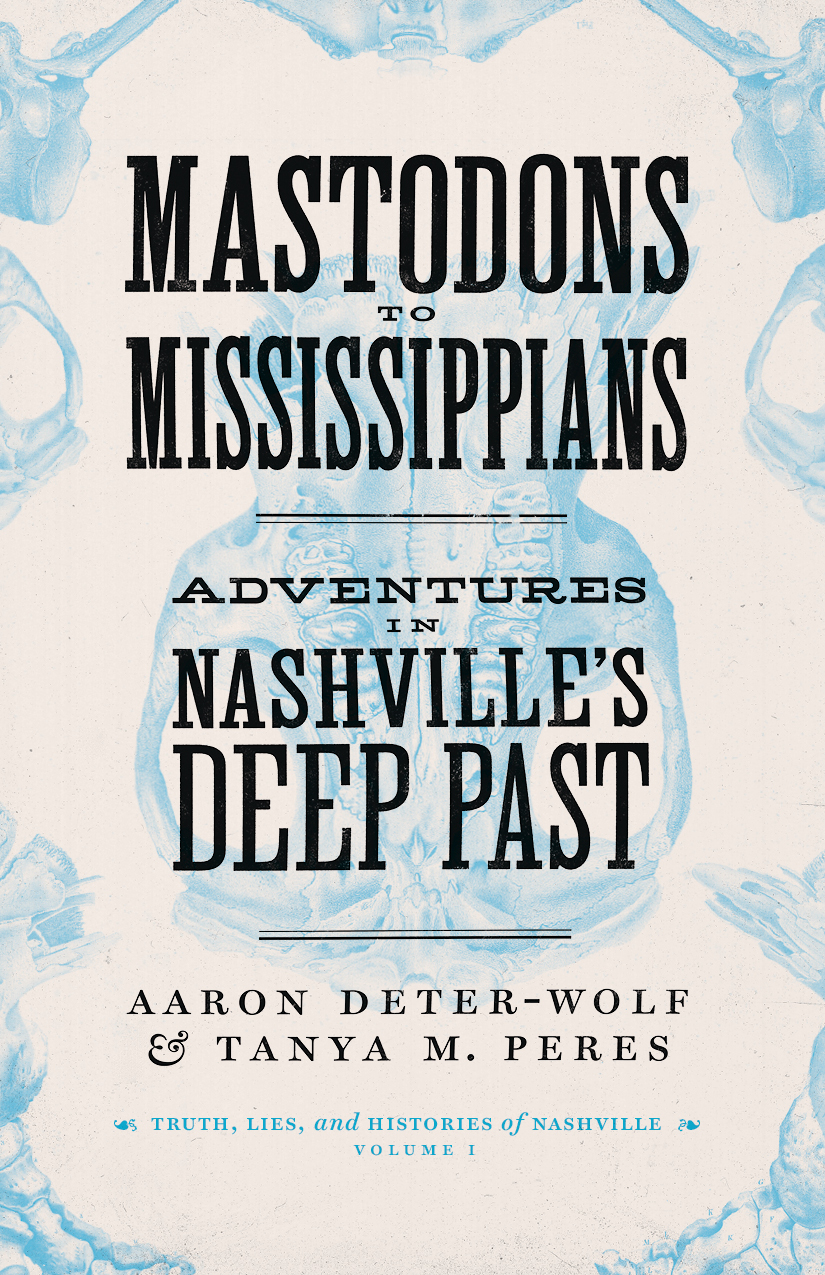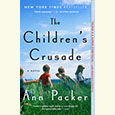It's the Dressing, Dummy
Devon O’Day talks with Chapter 16 about what makes Thanksgiving Thanksgiving
“No one who cooks, cooks alone,” wrote the great food writer and novelist Laurie Colwin. “Even at her most solitary, a cook in the kitchen is surrounded by generations of cooks past, the advice and menus of cooks present, the wisdom of cookbook writers.” Drawing forth stories and recipes for the everyday cook who wants not only to feed the family, but also to nourish them, Devon O’Day’s My Southern Food: A Celebration of the Flavors of the South is a book in which the memories and voices of generations of family cooks are ever present. With the holidays approaching, Chapter 16 talked with O’Day about everything from what’s in a dump cake to her first food memories.
Chapter 16: What’s the first dish you remember making and for whom did you prepare it?
O’Day: My first dish was actually a lesson in frying bacon. It was foundational. It seemed that learning to fry bacon started the day at breakfast, became a sandwich with a thick slice of tomato at lunch, and seasoned the peas at dinner. I wasn’t tall enough to reach the stove, so I pulled up a dinette chair (burnt orange with a floral pattern, circa 1968) and watched my mom as she taught me what shade of translucence said “turn the slice” and when the grease began to smoke, it meant “Whoa—too hot, baby.” I hated the way it popped on my skin, but it was worth the sacrifice with the first bite!
Chapter 16: You write in your introduction that Southern food is “soulful, sinful and satisfying.” What, for you, is the most sinful Southern dish?
 O’Day: Pecan pie is about as sinful as you get, and warm with a creamy dollop of vanilla ice cream, it’s official: you will need intervention. Add almond flavoring and lace it with maple syrup, and you’ve crossed over into the holy grail of pie. It might not be “good for you” according to the health gurus, but people definitely want to live longer when the sinful satisfaction is a homemade pecan pie in Mama’s kitchen. Bake one in a house you are trying to sell, and not only will you probably sell the house but you will probably get asked to stay on and continue making the pies.
O’Day: Pecan pie is about as sinful as you get, and warm with a creamy dollop of vanilla ice cream, it’s official: you will need intervention. Add almond flavoring and lace it with maple syrup, and you’ve crossed over into the holy grail of pie. It might not be “good for you” according to the health gurus, but people definitely want to live longer when the sinful satisfaction is a homemade pecan pie in Mama’s kitchen. Bake one in a house you are trying to sell, and not only will you probably sell the house but you will probably get asked to stay on and continue making the pies.
Chapter 16: I loved seeing your recipe for a “dump cake,” as it’s one of those ubiquitous Southern buffet dishes that doesn’t get a lot of attention in cookbooks. Did you test a lot of those types of recipes, and how did you decide which ones made the cut?
O’Day: I tested all the recipes. It’s easy. I didn’t call it “testing.” I called it “dinner”—or brunch … or supper … or breakfast. I began asking everyone what their favorite Southern recipe was and made sure that everyone’s favorites (or the top 200) made the cut. Dump cake was mentioned about a gazillion times. It seems everyone’s version was different, and very few people could remember how to make it. But everyone recalled a family matriarch that had the dessert mastered, and was ‘pert-near’ famous for it. Most took their recipes with them to the grave.
It’s a funny thing—we love and live for a favorite dish that becomes a family tradition. But few people remember to write down the recipe. Then one day, the originator of the special treat is gone, and we realize we’ve lost not only them, but the treasure they brought to every family gathering. My family wrote down the recipes, and they have been passed down from generation to generation in “the black binder.” It’s our only true family treasure. That, and my dad’s fish hook from the Holy Land he keeps in Mom’s jewelry box.
 Chapter 16: You thank your mother in the book because she “forced you to take home economics.” I read an interview recently with noted chef Tom Colicchio in which he said that rather than eliminating home economics from the curriculum as women moved into the workforce, we should have just made it required for everyone. What did you get from home economics that students today might be missing?
Chapter 16: You thank your mother in the book because she “forced you to take home economics.” I read an interview recently with noted chef Tom Colicchio in which he said that rather than eliminating home economics from the curriculum as women moved into the workforce, we should have just made it required for everyone. What did you get from home economics that students today might be missing?
O’Day: Everything! I learned how to plan a meal, create a weekly budget, throw a dinner party, sew a straight seam, and how to be a “lady.” “You only get one chance to make a first impression,” my home-ec teacher, Mrs. Girlinghouse (noted often in My Southern Food) would say. That has echoed in my brain daily for the rest of my life. Running a home is really the essence of running any successful business, only [those who are] the most successful at the “home” business never get a raise.
I spoke with a chef and culinary-arts professor recently who said fifty percent of his new students wanting to become chefs had never cooked. Not instant mashed potatoes. Not Hamburger Helper. Not even Easy Mac. They had seen the Food Network, found it interesting, and thought “Hey, I can do that! It looks fun!” We are a virtual world now. A requirement of home ec for all would teach people how to be “real” again, prepare people for money management in a family, nutrition, care of family, and so much more. Home ec happened when people realized that running a home is not instinctual as much as it is instructional. Moms and dads aren’t always the best teachers for home-management arts. They are the foundation, while the home-economics teachers, the good ones, fill in the rest of the gaps and send you into the world prepared. I was secretary of my Future Homemakers of America chapter at Pineville High School.
Chapter 16: We’re coming up on Thanksgiving, the most traditional of holidays, where the turkey and dressing get all the attention. Can you recommend a knockout side dish that deserves some love, too?
O’Day: The lowly sweet potato packs the color, the vitamins, and the taste that is the most indicative of the season for me. Casseroled with pecans, brown sugar crunch, and blended with butter and cream, the sweet potato doubles as a dessert. My sausage-and-wild-rice dressing is easy and offers a sage-tinged side dish perfect for turkey, and a protein-filled lunch all by itself as a left-over. The bacon-broccoli-raisin salad is yummy, and I’ve taken to substituting dried cherries and walnuts for the raisins and pecans. It’s a make-ahead salad that is rich enough to make even picky folks like broccoli. You simply can’t forget cornbread dressing, in whatever form you prefer. Mine has sausage and chicken, which packs in a little more spice and substance, but the traditional corn-meal dressing is what makes Thanksgiving … well, uh, Thanksgiving!





